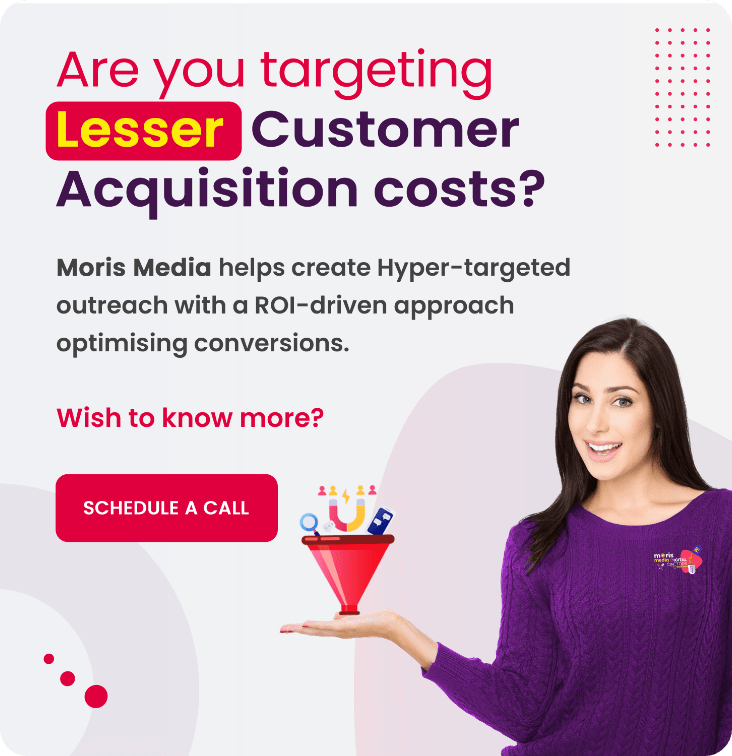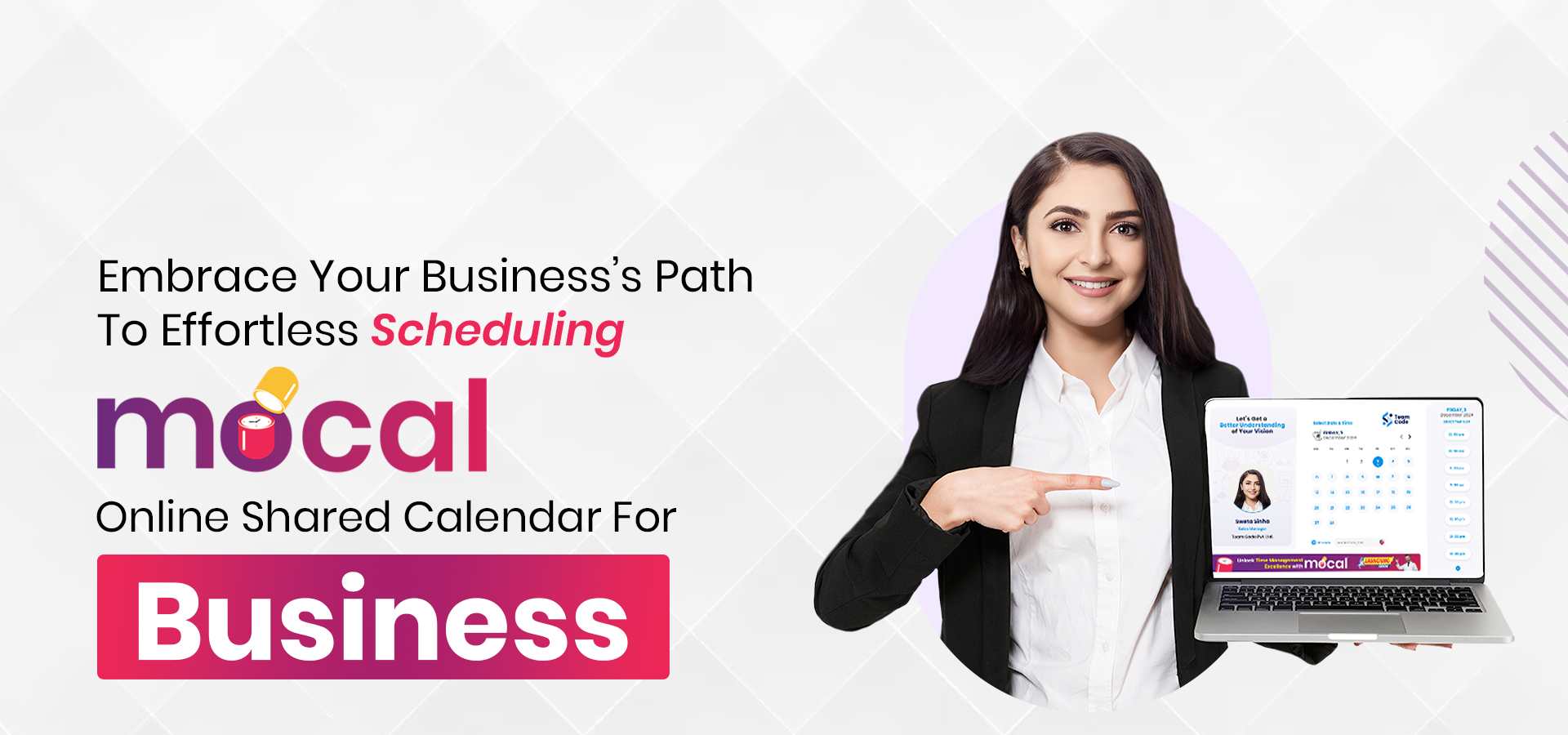Hope you enjoy reading this blog post.
If you want the Moris Media Team to help you get more traffic, just book a call.
Thursday, 24 April 2025
As we navigate the digital revolution in publishing, setting the right price for your eBook has never been more critical. The price you assign can profoundly affect your sales, profitability, and audience reach, making it a delicate balancing act. Authors and publishers alike face numerous challenges in determining a price that maximizes returns while still appealing to readers. Factors like production cost, market trends, target audience, and competitive landscape all come into play.
Moris Media, India's best digital marketing agency, through this blog post aims to shed light on these considerations, exploring strategies for setting an optimal eBook price. We'll delve into understanding the eBook market, analysing the competition, different pricing models, and the importance of eBook quality and perceived value. The goal is to equip you with the knowledge and tools to confidently set a price that respects your work's value and aligns with your business objectives. Irrespective of the fact that you're a seasoned author or a newcomer to the digital publishing scene, we hope that once you read through this, you will become more seasoned in handling the complex terrain of eBook pricing.
Understanding the eBook market is pivotal for any author or publisher seeking to determine a suitable pricing strategy. With eBooks genre experiencing significant growth courtesy the digital upsurge, they have already become an integral part of the publishing industry. This growth has not just been propelled by technological advances leading to ubiquity of e-readers, smartphones, and tablets; the global pandemic played a critical role in digitalization of the reading process.
Pricing trends in the eBook market are varied and can be influenced by several factors. For instance, self-published authors tend to price their eBooks lower than traditionally published books, often to gain visibility in a crowded market. Publishers that have established their brands and well-known authors, however, can leverage their reputation to establish peak pricing strategies as readers will already give a value to their content, even before reading.
Another key trend is the surge of subscription services and "free" eBook promotions, which add another dimension to the competitive landscape. While these can boost downloads and visibility, they can also affect perceived value.
It's vital to be aware of these market trends when pricing your eBook. Therefore your pricing decision needs to be aligned with how you are positioned in the market, how much value has been perceived for your creation along with the amount that your target audience will pay willingly. The goal is to strike a balance that optimizes profitability and maximizes reach and readership.
Creating an eBook involves several costs that should be considered when formulating a pricing strategy. The first factor considered is your initial cost in creating the content that includes the time and efforts that you have put in or payments made to someone ghost-writing on your behalf. Secondly, editing and proofreading services are crucial to ensure a polished and professional final product.
Cover design is another significant expense. While you can create your own cover, hiring a professional designer can make your book stand out. The same applies to formatting your eBook to ensure a seamless reading experience across various devices.
There may also be marketing and advertising costs to consider. If you're self-publishing, these could include the costs of promotional campaigns, author websites, and social media advertising.
These costs should factor into your pricing strategy. A higher price can help you recoup your investment quicker. However, for making a competitive pricing strategy, you need to be aligned with how price sensitive your target market is.
You need to know your target audience vividly before taking any decision on fixing the price point for your eBook. You need to secure valuable insights on their purchasing habits and how price sensitive they are; demographic data, including their age, gender, income, and education level are very helpful in determining the same. A younger audience, for instance, may have a tighter budget than an older, more financially stable one.
In addition to demographics, it's crucial to understand your readers' behavior and preferences. Are they avid readers who frequently purchase eBooks, or do they buy occasionally? Are they willing to pay more than they normally to if they are convinced about the quality? Do they tend to purchase during sales or promotional periods, or are they impervious to discounts?
These factors will definitely be helpful for you to align your pricing strategy with your audience's expectations and habits. If the target audience has been identified to be price-sensitive, you can set a lower price point to facilitate higher sales volume. Alternatively, if your audience values quality and is willing to pay for it, a higher price may signal a premium product, attracting those readers.
Analysing the pricing of similar eBooks in your genre or field plays a critical role in shaping your pricing strategy. This process, also known as competitive pricing analysis, offers insights into the market's expectations and can guide you in positioning your eBook appropriately.
By studying how similar eBooks are priced, you can get a sense of the price range your potential readers are accustomed to and willing to pay. For instance, if you find most eBooks in your genre are priced between Rs. 300 and Rs. 800, pricing your eBook within this range would likely appeal to the majority of your target audience.
Furthermore, evaluating your competitors' pricing can also shed light on potential opportunities. If you are able to identify a gap in the market, wherein high quality, premium eBooks of your specific genre is absent, you have the option to fill it.
Remember, your eBook's price should reflect its value while staying competitive and attractive to your target audience.
There are several pricing models that the eBook industry commonly uses with each having their own benefits and drawbacks:
Flat-rate pricing: This is the most commonly used model wherein the eBook comes with a fixed price. It's simple for both the author and the reader, but it doesn't allow for flexibility in response to market changes.
Dynamic pricing: This model involves adjusting your eBook's price based on various factors like demand, time, and market trends. While this approach allows for flexibility and potential maximization of revenue, it can be complex to manage and may confuse some customers.
Freemium: In this model, you offer the basic version of your eBook for free and charge for premium content or services. Many authors use this strategy to attract new readers and build their customer base but it also runs the risk of devaluing their creations if not handled in a proper manner.
Penetration pricing: This involves setting a low initial price to attract customers, then gradually raising the price. This can be an effective way to gain market share quickly, but it also risks undervaluing your eBook.
The perceived quality and value of your eBook are integral factors in determining its ideal price point. When readers decide to purchase an eBook, they are not merely buying a digital file; they're investing in a package of information, entertainment, or knowledge. Therefore, the perceived quality and value of this package significantly influence how much they're willing to pay.
Quality in the context of an eBook encompasses several dimensions. All content needs to be free from grammatical errors and well-researched with the capability to engage the target audience. The structure and organization of the eBook should be coherent and logical, and any visual elements, like graphics or images, should enhance rather than distract from the content. An eBook that scores high on these aspects is perceived as high-quality, which can command a higher price.
Value, for any eBook is determined on its uniqueness and how much valuable the reader finds it to be. If your eBook offers unique insights, comprehensive information, or a compelling story that isn't available elsewhere, it is likely to be perceived as high-value. This perceived value can allow you to set a higher price point.
However, remember that the perceived quality and value are subjective and can vary among readers. Therefore, understanding your target audience and their expectations is essential in accurately evaluating the potential value of your eBook. High-quality, valuable content justifies a higher price and can ultimately lead to greater revenue and reader satisfaction.
Your quest for identifying the optimal eBook pricing may make you experiment. Since digital products like eBooks incur no additional production costs for each unit sold, authors and publishers have the flexibility to tweak prices and observe the resulting impact on sales.
Initiating a pricing experiment could involve setting an initial price, then systematically raising or lowering it over a period of time. Each change should be monitored closely to understand its effect on sales volumes and overall revenue. This process can help identify the price elasticity of your eBook – how sensitive your sales are to price changes.
To deem the highest price as the most profitable one is not always a correct inference. Lowering the price could potentially lead to a significant increase in sales volume, thus maximizing overall revenue. Conversely, a higher price may bring fewer sales but could position your eBook as a premium product, attracting a specific demographic of readers. Through careful monitoring and analysis, you can determine the price that strikes the best balance between volume and profit.
Promotions and discounts can be powerful tools for stimulating sales, increasing visibility, and attracting new readers. However, it's vital to use these strategies judiciously to prevent devaluing your eBook.
Time-limited discounts can create a sense of urgency and induce readers to purchase. For example, a new eBook could be offered at a discounted price for the first few weeks after launch to encourage initial sales and generate reviews. Similarly, seasonal promotions tied to events like holidays or the author's birthday can stimulate sales spikes.
Bundle pricing is another effective strategy. By selling your eBook as part of a package with other eBooks or related products, you can offer readers more value while maintaining the perceived worth of the individual eBook.
Finally, remember to always highlight the original price alongside the discounted one. This emphasizes the value of your eBook and reminds readers of the great deal they're getting.
Establishing a well-considered pricing strategy for your eBook is a critical step towards ensuring its commercial success. It goes beyond just determining the cost of production; it's about understanding the nuances of the eBook market, recognising the preferences and habits of your target audience, gauging the competition, and appreciating the perceived quality and value of your content.
While pricing might seem daunting, remember it's not a one-time decision. Moris Media advises you to be open to experimenting with different price points, using data and insights for revising strategies, and leveraging promotions and discounts whenever appropriate. You get your pricing strategy right whenever you align it with the value your content can generate for your readers.


The Power of Team Calendar: Boosting Efficiency and Collaboration with moCal
Read More
Mastering Business Time Management with moCal's Online Calendar For Business
Read More
Unlocking Seamless Collaboration with moCal's Online Shared Calendar
Read More
Unlocking the Power of 7-in-1 moCal: Redefining Efficiency in Modern Business
Read More
Elevating Personal Branding: The Moris Digital Doctors Prescription
Read More